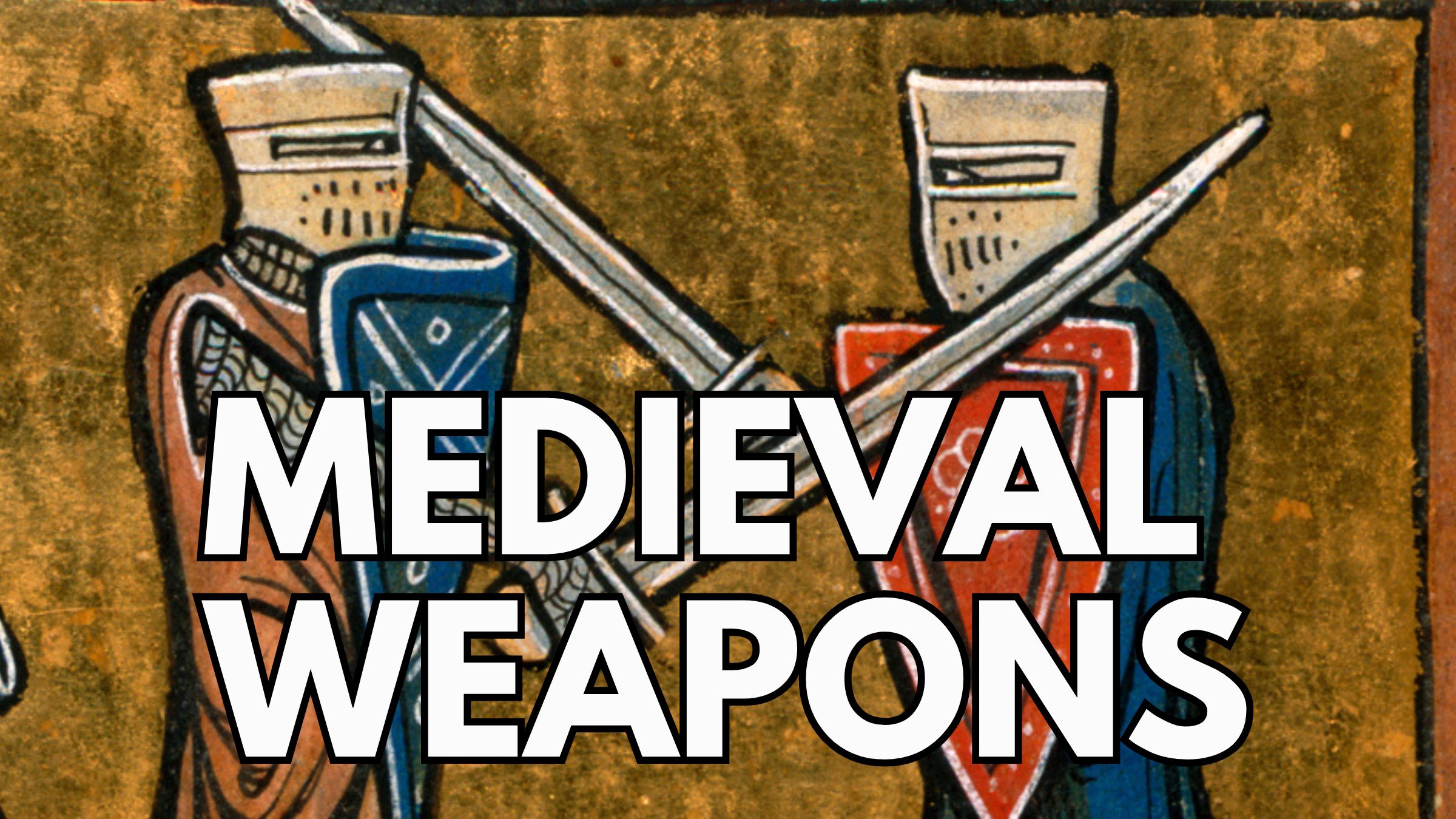
"Every culture that has made and used swords has viewed them as extraordinary objects. They feature predominantly in the history, cosmology and mythology of communities across the globe, from Africa to northern Europe, from East Asia to the Indian sub-continent. Their appeal is not solely attributable to humanity's timeless fascination with death. This is clear from the spectrum of meanings attached to swords across time and space, encompassing power, wisdom, joy, protection - and fear."
"For most of the Middle Ages, the sword was widely used among elite and common soldiers, with some variation between the size of its blade and how its hilt and pommel were fashioned. Around the thirteenth century, we see a change in the sword, where its blades begin to get narrower and sharper at its point. This was because armour was becoming tougher, and the slashing style of the sword was no longer effective. It now had to be used more as a thrusting weapon."
Medieval battlefields featured knights with lances, massed archers, and powerful siege engines that shaped kingdoms and altered the balance of power across Europe and beyond. Swords functioned both as practical weapons and as cultural symbols of power, wisdom, and protection across many regions. Swords were widely used by elite and common soldiers, with variations in blade size, hilt, and pommel. From the thirteenth century, blades became narrower and more pointed to cope with tougher armour, shifting use toward thrusting rather than slashing. Despite adaptations, swords gradually declined in central military importance. The arrival of gunpowder weapons began undermining traditional knightly dominance.
Read at Medievalists.net
Unable to calculate read time
Collection
[
|
...
]